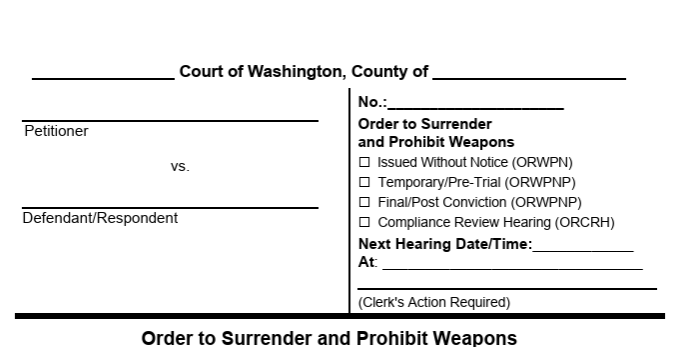Mar 13 2025 19:15
Understanding Workplace Harassment Laws & Compliance
Workplace harassment is an unfortunate reality in many organizations, with over half of employees reporting incidents ranging from verbal abuse to severe misconduct. These behaviors underline the urgent need for comprehensive policies designed to prevent and address harassment effectively. Employers are tasked with creating safe work environments, while employees deserve workplaces that uphold respect and compliance. Through extensive experience in this field, we've developed a strong understanding of what comprises an effective anti-harassment policy. Here are six essential elements:
1. Define Prohibited Conduct
Clearly defining what constitutes harassment is critical. This includes outlining specific examples of verbal, physical, and sexual harassment to eliminate ambiguity and promote transparency. Employers should ensure that every member of the organization knows and understands these definitions to foster a culture of accountability and respect.
2. Establish Reporting Procedures
Having multiple confidential reporting channels is vital to creating a safe environment where employees can report harassment without fear of retaliation. This step builds trust within the organization and encourages timely reporting, allowing issues to be addressed swiftly and effectively.
3. Outline Disciplinary Actions
It is important to clearly communicate the disciplinary actions for anyone—be it employees, supervisors, or clients—who breach the anti-harassment policy. Well-defined consequences reinforce an organization’s commitment to a zero-tolerance approach toward harassment.
4. Train and Educate Regularly
Ongoing training for both employees and managers on recognizing and reporting harassment, as well as understanding their rights and responsibilities, is critical. Regular education helps create a more aware and informed workplace, building a foundation for long-term compliance and respect.
5. Investigate Complaints Promptly and Thoroughly
An impartial and prompt investigation process for all harassment complaints is essential. Establishing a clear timeline for resolution and ensuring transparency in the process reassures employees that the company is committed to fair and timely responses.
6. Protect Against Retaliation
Strong anti-retaliation measures are crucial to ensure employees feel safe reporting harassment or participating in investigations. Protecting employees from retaliation encourages compliance with reporting and sustains trust within the workforce.
Employers should regularly review and update their anti-harassment policies and training programs to ensure alignment with current laws and best practices. Such a proactive approach not only protects employees but also reduces legal risks and demonstrates a deep commitment to fostering a respectful and compliant workplace. We encourage you to examine your current anti-harassment policies or seek guidance on implementing updated strategies to build a safer and more inclusive work environment.















